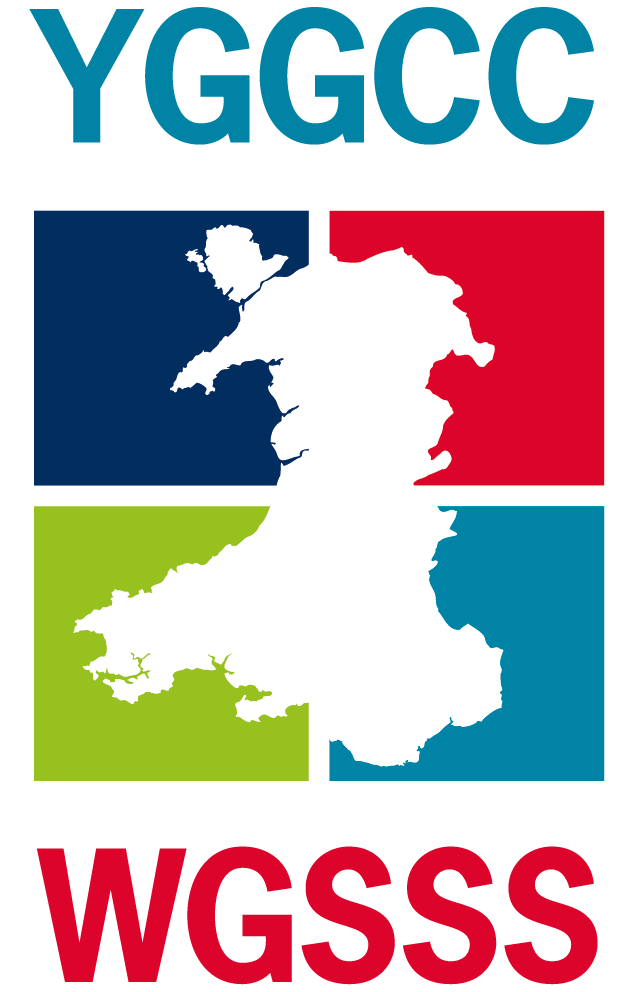
WGSSS Training Lead Dr Peter Wootton Beard introduces the concept of a flash talk and shares his top 10 tips for delivering a successful one.
What is a flash talk?
Flash talks are short, concise presentations completed in no more than 3 minutes. All too often, you will have to communicate your work within a brief window of opportunity, whilst still leaving a lasting impression. Think of scenarios such as networking at conferences, being introduced to a new colleague or potential collaborator, or the opening gambit for a funding interview. The challenge of distilling your ideas into an engaging, yet precise and technically accomplished 3-minute talk is a fantastic way to gain valuable public speaking experience, especially if this is your first time presenting at a conference. They are also an excellent opportunity to experience the format for the 3MT® (3 minute thesis) competition, which you may wish to consider entering during your studentship.
10 Top tips for writing your flash talk
- Consider starting with ‘why’ and ending with ‘why’ – the importance of the work you’re doing or problem you’re helping to solve at the start, and a vision for the future, in light of that work, at the end.
- 3 minutes is too short for (too much) detail. Focus on what is interesting and exciting about your work and consider how anyone listening would assimilate that into their existing understanding of the world (which may be different from yours).
- People love stories. Bring out your inner raconteur and ensure your talk has a strong narrative and characters.
- Avoid complicated or obscure metaphors – they usually create confusion
- Use simple and clear visual aids – but use them as a prop. You are the main source of information, not your slide(s).
- Remember to breathe and slow down your normal speaking speed – the best storytellers know how to build excitement and suspense.
- Show don’t tell. Use your tone, body language and gestures to help the audience to understand the story.
- Draft, draft, and redraft. Make sure every word has a purpose.
- Practise! Try out different versions and see which one holds your family and friends spellbound and has them nodding along.
- Watch a few of the past 3MT® submissions, to see how the best talks are delivered.

